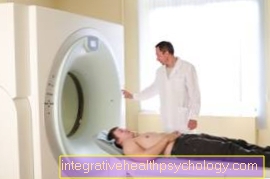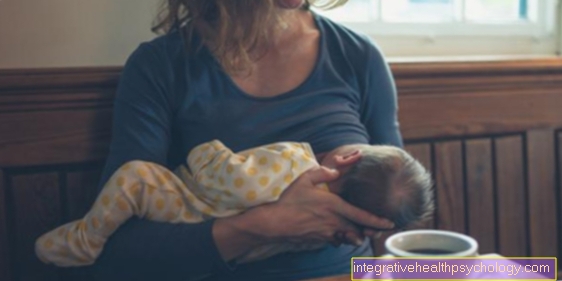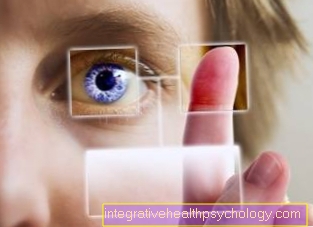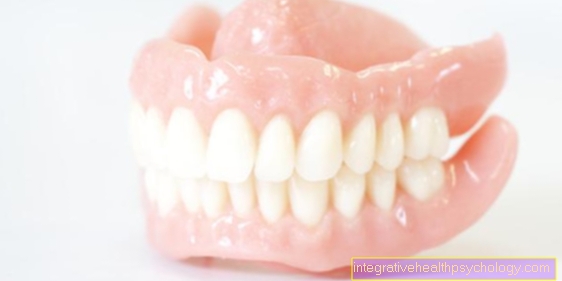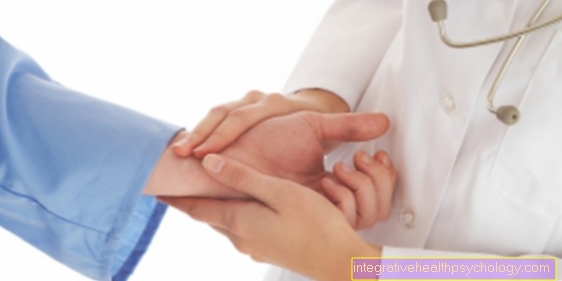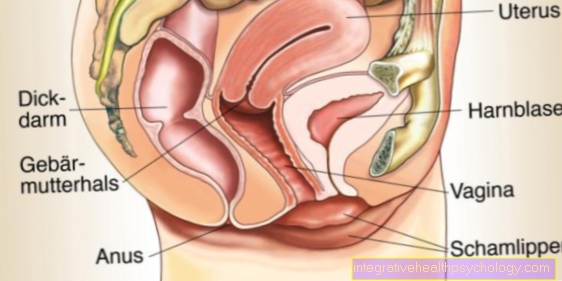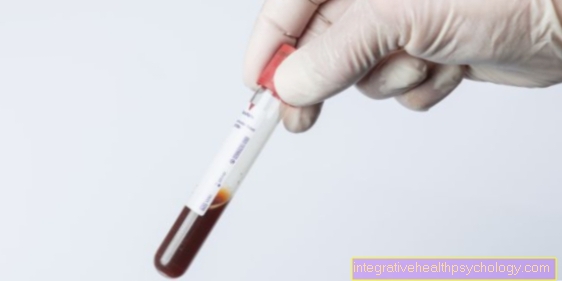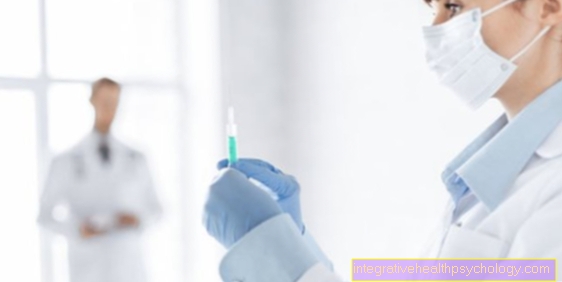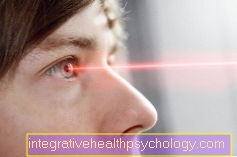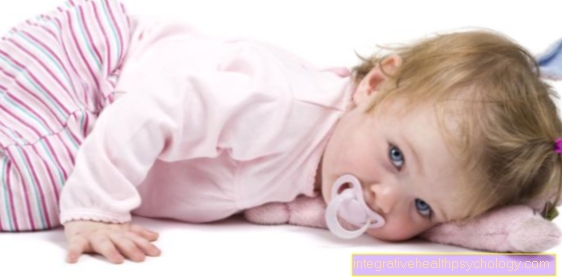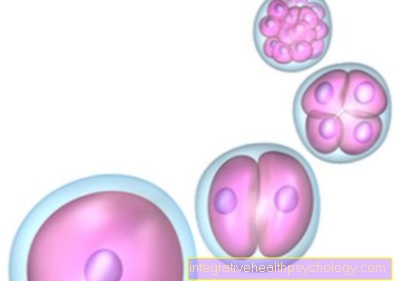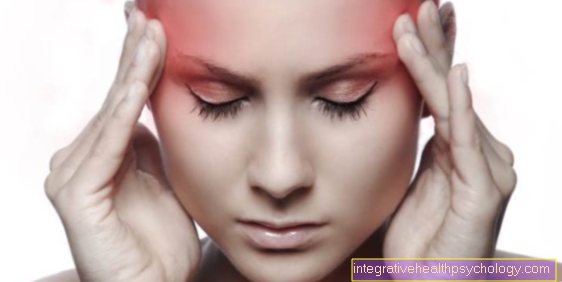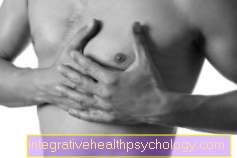Facial muscles
introduction
The facial muscles (facial muscles) is a group of 26 muscles in humans, which is not only necessary for opening and closing the eyes or mouth, but also moves the skin of the face and thereby controls facial expressions. The muscles of the face are divided into the ear muscles, the nose muscles, the mouth muscles, the muscles of the eyelid and the muscles in the area of the skull.
particularities
Unlike other muscles in the body, the mimic muscles must do not move joints.
For this reason, they don't start bone on, but lie just under the skin.
They usually will named after their function and location and will all through the facial nerve (7. cranial nerve) innervated.
Due to the axial symmetry of the face, almost all facial muscles appear twice.
Eyelid cleft muscle (Musculus orbicularis oculi)
The Orbicualris oculi muscle lies around the eyebut does not form a closed ring.
It is divided into three parts:
- The Pars orbitalis is for the Eyelid closure and the tight squint of the eye responsible.
- The Pars palpebralis for the Lid closing reflex and
- the Pars lacrimalis acts on the Tear sac.
The eyelid gap muscles also include the Corrugator supercilii muscle. This pulls the Eyebrows down and to the middle and throws up a longitudinal crease in the middle of the forehead.
Nasal muscles
- The Nasalis muscle can the Pull nostrils down or back.
- The Procerus muscle rises from the bridge of the nose and radiates into the skin of the forehead. He lifts the parts of the eyebrows and throws a Transverse furrow above the bridge of the nose on.
- The Levator labii superioris muscle aleque nasi pulls Upper lip and nostril upwards. When both sides contract, he lifts the tip of his nose.
Mouth muscles
- The Orbicularis oris muscle apparently encloses the entire mouth and closes the gap in the mouth. At maximum contraction he purses his lips.
- The Levator labii superioris muscle lifts the upper lip,
- the Depressor labii inferioris muscle pulls the lower lip down.
- The Depressor anguli oris muscle moves the corners of the mouth downwards.
- The Buccinator muscle is an almost square muscle and lies below the strong masticatory muscle (Masseter muscle). He pulls the corners of the mouth outwards. He also makes it possible Blowing air, whistling, spitting and sucking.
- The Levator anguli oris muscle pulls the corners of the mouth up,
- the Mental muscle pulls in the skin in the area of the chin and thereby forms the chin-lip furrow.
- The Laughing Muscle is called Risorius muscle designated. He moves the corners of his mouth to the side and thereby throws up the nasolabial folds.
- The Major and minor zygomatic muscles move the upper lip and corners of the mouth upwards.
Ear muscles
On the ear are three muscles, the Auricularis anterior muscle, posterior and superior.
These move the auricle forwards / backwards / upwards.
However, not all people can actively contract these muscles and thereby “wiggle their ears”.
Roof muscles
Also lie in the area of the skull roof facial muscles.
You often will summarized as the epicranius muscle and are loosely attached to the periosteum, but firmly attached to the roof of the skull.
The Occipitofrontalis muscle lifts with his front part (Venter anterior) the eyebrows and frowns, with his rear portion (Venter posterior) he smooths his forehead.
The Galea aponeurotica is through the Temporoparietalis muscle stretched in the transverse direction. This tight tendon plate covers the roof of the skull and serves as a starting point for some mimics muscle fibers.


